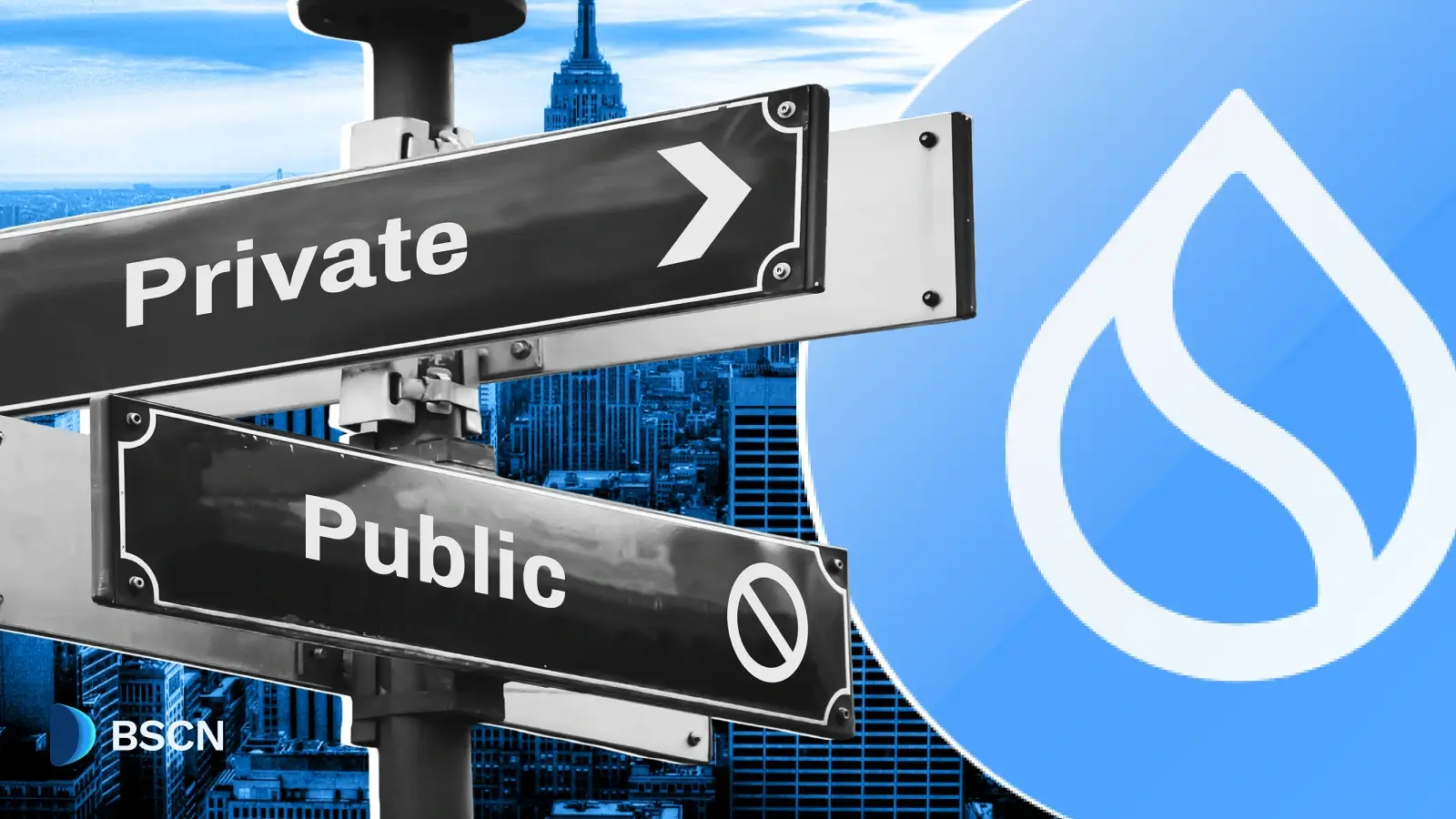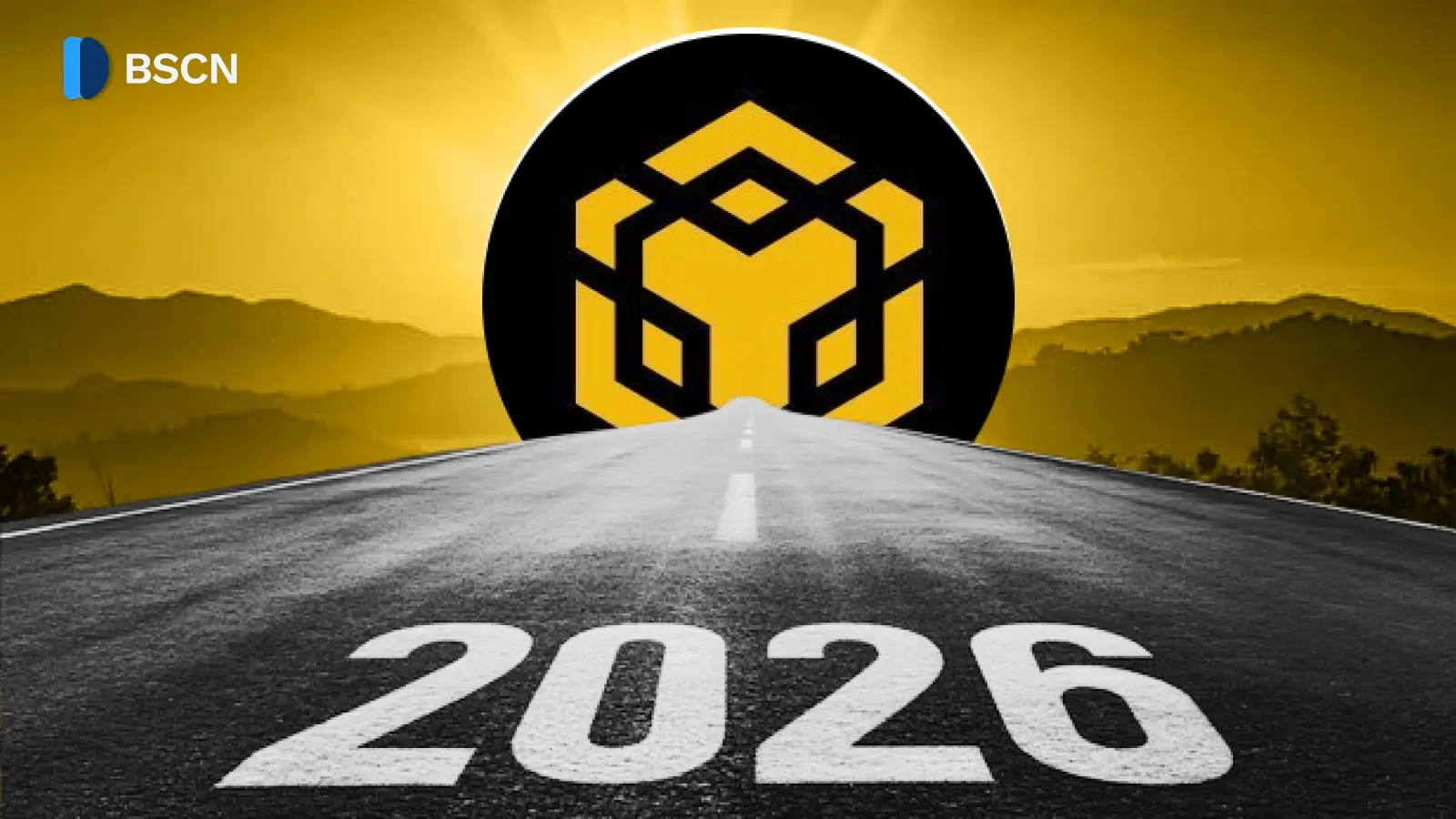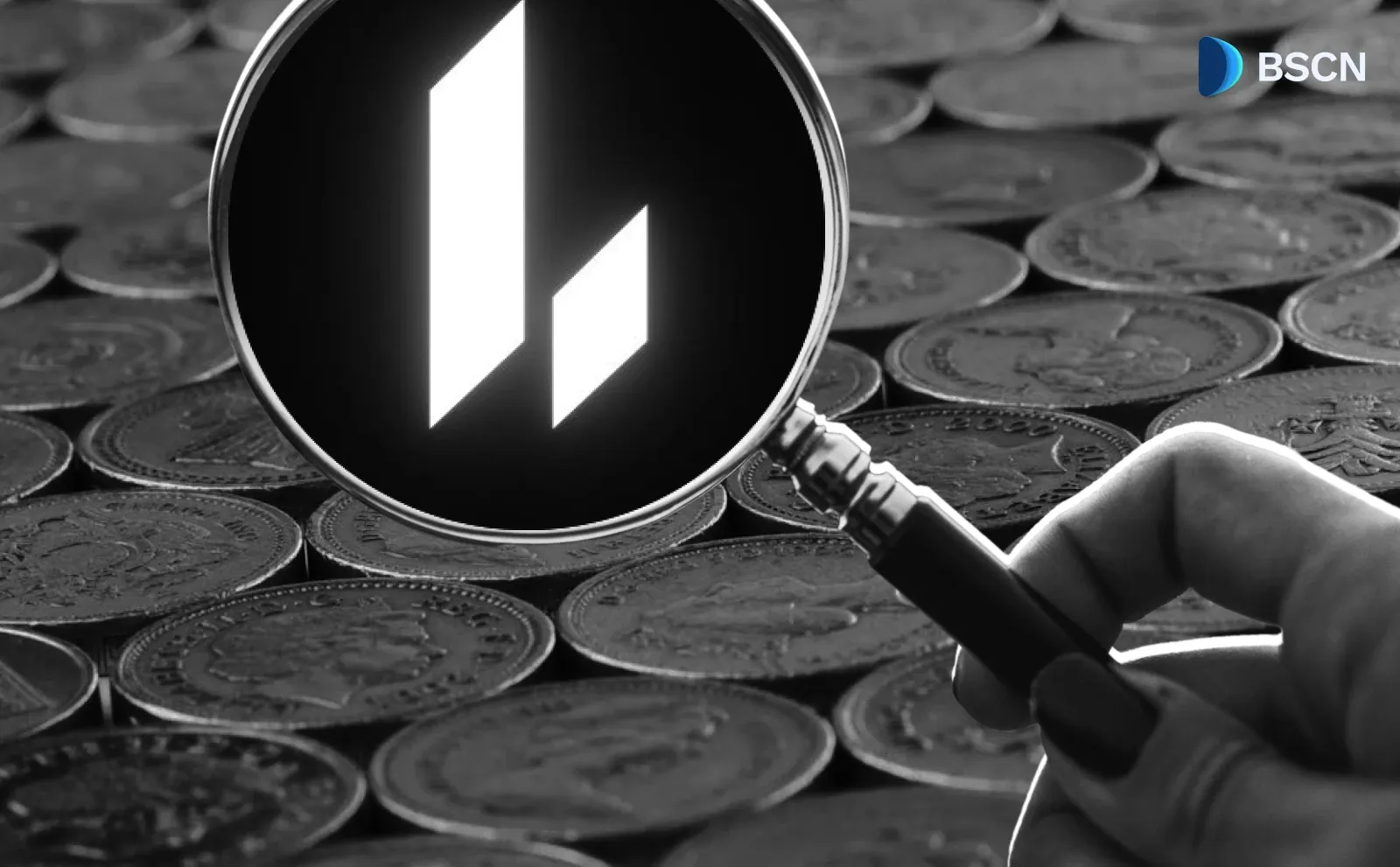News
(Advertisement)
Chainlink Launches On-Chain LINK Reserve to Capture Enterprise Revenue

Chainlink has launched an on-chain reserve that accumulates LINK from enterprise and on-chain fees, using Payment Abstraction to convert revenue into LINK.
Soumen Datta
August 8, 2025
(Advertisement)
Table of Contents
Chainlink launched the Chainlink Reserve, an on-chain reserve designed to store LINK tokens funded by both enterprise and on-chain usage fees. The goal is to strengthen the network’s long-term sustainability by channeling revenue from large institutions and decentralized applications directly into LINK.
The reserve already holds over $1 million worth of LINK since its early-stage rollout, according to Thursday’s announcement. Chainlink says it does not plan any withdrawals for “multiple years,” allowing the balance to grow as more revenue is added.
How the Chainlink Reserve Works
The reserve is fueled by Payment Abstraction, a system that lets users pay for Chainlink services in their preferred asset—such as gas tokens or stablecoins—while programmatically converting those payments into LINK.
Originally launched earlier this year, Payment Abstraction has now expanded to include both on-chain and off-chain revenue streams. This means that payments from enterprise integrations, ongoing maintenance contracts, and on-chain service usage can all be converted into LINK if not already paid in the token.
Key steps in the Payment Abstraction process include:
- CCIP (Cross-Chain Interoperability Protocol): Consolidates fee tokens from multiple blockchains onto Ethereum for processing.
- Automation: Initiates conversions without manual intervention.
- Price Feeds: Supplies official price data to optimize conversion efficiency.
Currently, conversions use Uniswap V3 on Ethereum for its liquidity depth and permissionless integration. Other DEXs may be added later for better order routing and MEV protection.
Enterprise Demand Behind the Reserve
Enterprise usage has been a major driver of Chainlink’s revenue, with hundreds of millions of dollars generated from large institutions. These payments often happen off-chain, especially when serving capital markets, banks, and fintech companies.
Notable enterprise users include:
- Mastercard, which integrated Chainlink to enable on-chain crypto purchases.
- JPMorgan, whose Kinexys Digital Payments platform uses Chainlink to connect with Ondo Chain.
As blockchain adoption spreads across banking, capital markets, and asset tokenization, Chainlink expects this enterprise-driven revenue stream to increase, feeding more LINK into the reserve.
Chainlink’s Position in the Market
Chainlink built its position in blockchain infrastructure through its decentralized oracle network and price feeds, which secured over $80 billion in total value across 60+ blockchains.
Current usage includes:
- 67.77% total market share in price oracles.
- Over 2,000 price feeds and data streams in live production.
- Tens of trillions of dollars in transaction value enabled across DeFi.
Beyond oracles, the Chainlink platform now includes interoperability, privacy, and compliance tools that connect blockchains with traditional systems. This scope allows for complex, multi-chain applications in tokenization, payments, and asset settlement.
Economics Behind the Chainlink Reserve
The reserve complements Chainlink’s broader tokenomics strategy, which is based on two main pillars:
- User Fee Growth – Revenue from enterprise integrations, usage-based payments for services like VRF and Automation, and revenue-sharing deals with protocols such as GMX and Aave.
- Operating Cost Reductions – Improvements like the Chainlink Runtime Environment (CRE) reduce redundancy and lower operational expenses without compromising reliability.
A portion of fees from staking-secured Smart Value Recapture (SVR) services will now go directly into the reserve. This aligns with Chainlink’s plan to keep the network economically sustainable for node operators, developers, and token holders.
Transparency and Security
The Chainlink Reserve is deployed as a smart contract on Ethereum and includes a multi-day timelock before any withdrawals can be executed. This is designed to give the community visibility and reduce risks of sudden changes.
A public dashboard at reserve.chain.link shows the reserve’s current balance and transaction history. The smart contract address is also available on Etherscan for independent verification.
Related Developments: Tokenized Gold Expansion
The launch comes shortly after the rollout of oXAUt, an open version of Tether Gold (XAUt) that uses Chainlink CCIP and Hyperlane to operate across multiple blockchains.
Each XAUt token is backed by a physical gold bar stored in Swiss vaults. While XAUt began as an ERC-20 token on Ethereum, its use in other ecosystems was limited by bridge fragmentation and wrapper incompatibility. oXAUt removes these barriers, enabling consistent pricing, zero-slippage transfers, and DeFi integration across chains.
FAQ
What is the Chainlink Reserve?
The Chainlink Reserve is an on-chain smart contract holding LINK tokens, funded by revenue from enterprise clients and on-chain services, converted via Payment Abstraction.How does Payment Abstraction work?
Payment Abstraction allows users to pay for Chainlink services in their preferred token, which is automatically converted into LINK using Chainlink services and decentralized exchanges.Why is this important for LINK holders?
The reserve accumulates LINK without immediate withdrawals, potentially reducing circulating supply and supporting the long-term sustainability of the Chainlink Network.
Conclusion
The Chainlink Reserve introduces a new mechanism for capturing and holding LINK sourced from both on-chain and off-chain revenue. Backed by Payment Abstraction and expanding enterprise adoption, the reserve is designed to steadily grow without withdrawals for years.
By combining technical infrastructure, enterprise partnerships, and tokenomics aimed at sustainability, Chainlink is reinforcing its role as a key layer for both DeFi and traditional finance.
Resources:
Chainlink Strategic LINK Reserve Announcement: https://blog.chain.link/chainlink-reserve-strategic-link-reserve/
Chainlink Docs: https://docs.chain.link/
About Chainlink Payment Abstraction: https://blog.chain.link/payment-abstraction-svr-fee-conversion/
Read Next...
Disclaimer
Disclaimer: The views expressed in this article do not necessarily represent the views of BSCN. The information provided in this article is for educational and entertainment purposes only and should not be construed as investment advice, or advice of any kind. BSCN assumes no responsibility for any investment decisions made based on the information provided in this article. If you believe that the article should be amended, please reach out to the BSCN team by emailing [email protected].
Author
 Soumen Datta
Soumen DattaSoumen has been a crypto researcher since 2020 and holds a master’s in Physics. His writing and research has been published by publications such as CryptoSlate and DailyCoin, as well as BSCN. His areas of focus include Bitcoin, DeFi, and high-potential altcoins like Ethereum, Solana, XRP, and Chainlink. He combines analytical depth with journalistic clarity to deliver insights for both newcomers and seasoned crypto readers.
(Advertisement)
Latest News
(Advertisement)
Crypto Project & Token Reviews
Project & Token Reviews
Comprehensive reviews of crypto's most interesting projects and assets
Learn about the hottest projects & tokens
Latest Crypto News
Get up to date with the latest crypto news stories and events













